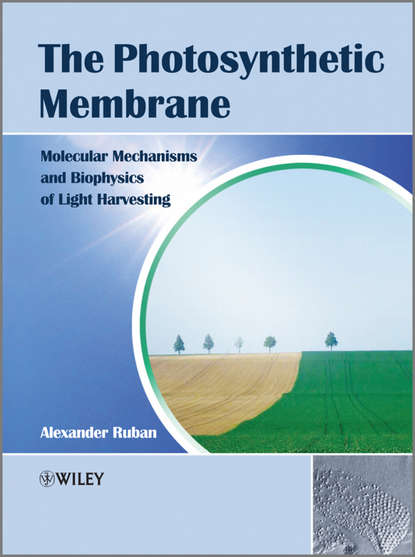
The Photosynthetic Membrane. Molecular Mechanisms and Biophysics of Light Harvesting скачать fb2
Alexander Ruban V. - The Photosynthetic Membrane. Molecular Mechanisms and Biophysics of Light Harvesting краткое содержание
The proteins that gather light for plant photosynthesis are embedded within cell membranes in a site called the thylakoid membrane (or the «photosynthetic membrane»). These proteins form the light harvesting antenna that feeds with energy a number of vital photosynthetic processes such as water oxidation and oxygen evolution, the pumping of protons across the thylakoid membranes coupled with the electron transport chain of the photosystems and cytochrome b6f complex, and ATP synthesis by ATP synthase utilizing the generated proton gradient. The Photosynthetic Membrane: Molecular Mechanisms and Biophysics of Light Harvesting is an introduction to the fundamental design and function of the light harvesting photosynthetic membrane, one of the most common and most important structures of life. It describes the underlying structure of the membrane, the variety and roles of the membrane proteins, the atomic structures of light harvesting complexes and their macromolecular assemblies, the molecular mechanisms and dynamics of light harvesting and primary energy transformations, and the broad range of adaptations to different light environments. The book shows, using the example of the photosynthetic membrane, how complex biological structures utilize principles of chemistry and physics in order to carry out biological functions. The Photosynthetic Membrane: Molecular Mechanisms of Light Harvesting will appeal to a wide audience of undergraduate and postgraduate students as well as researchers working in the fields of biochemistry, molecular biology, biophysics, plant science and bioengineering.
Чтобы оставить свою оценку и/или комментарий, Вам нужно войти под своей учетной записью или зарегистрироваться



